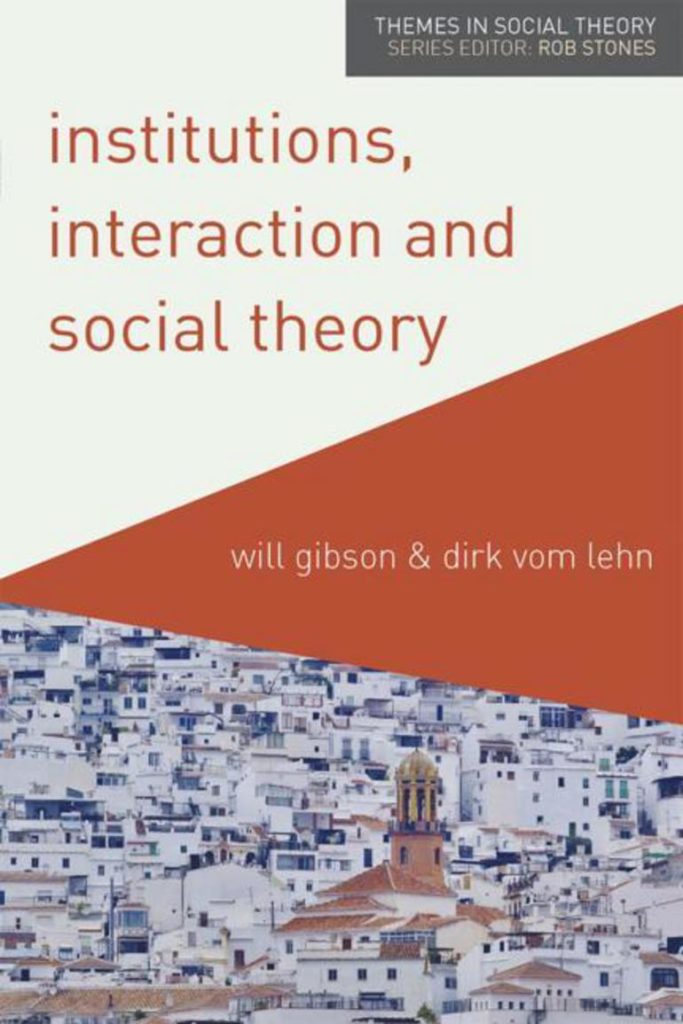 Asian Americans have increasingly been in the national spotlight. Last month, “The Chinese Exclusion Act,” a documentary by Ric Burns and Li-Shin Yu, aired nationwide as part of PBS’s American Experiences series. The film focuses on the historical legacy of anti-Asian racism and a unique moment in American history when a law banned the entry into the U.S. of an entire ethnic group for the first time.
Asian Americans have increasingly been in the national spotlight. Last month, “The Chinese Exclusion Act,” a documentary by Ric Burns and Li-Shin Yu, aired nationwide as part of PBS’s American Experiences series. The film focuses on the historical legacy of anti-Asian racism and a unique moment in American history when a law banned the entry into the U.S. of an entire ethnic group for the first time.
Last week, the New York Times highlighted the importance of the Asian American vote in the upcoming midterm election in Orange County where one-fifth of the population is of Asian descent. This Spring, an ongoing lawsuit against Harvard alleges that Harvard admissions files showed a clear pattern of discrimination against Asian applicants, with implications for the future of affirmative action policy.
How are Asian Americans advantaged or disadvantaged in the current national debate on race? In a recent post on this blog, Arthur Sakamoto argued that the obsession over “white privilege” has blinded scholars to the reality of Asian American success. Informed by the majority-minority paradigm of racial hierarchy, academic and public debates continue to treat Asians as a minority, despite their increasing presence in and acceptance by the American mainstream.
In a related post on the org theory blog, Raj Andrew Ghoshal and Yung-Yi Diana Pan challenged the claim of Asian American privilege by highlighting new research documenting mixed success among and persisting social exclusion towards Asians in workplaces and communities across the country.

 In January 2012, President Obama called for states to extend compulsory education in the U.S. to age 18. More recently, the White House unveiled its
In January 2012, President Obama called for states to extend compulsory education in the U.S. to age 18. More recently, the White House unveiled its 
 The Fight for Fifteen movement, launched in New York City in late 2012, is one of the most vital, innovative, and militant struggles in recent US labor history. As one Fight for Fifteen organizer put it, now many young workers “are looking at the union movement, not as something that’s stodgy, old, and past its prime, but as something that’s exciting and new and the way forward for hope in our lives…Fight for Fifteen is making the union movement cool again.”
The Fight for Fifteen movement, launched in New York City in late 2012, is one of the most vital, innovative, and militant struggles in recent US labor history. As one Fight for Fifteen organizer put it, now many young workers “are looking at the union movement, not as something that’s stodgy, old, and past its prime, but as something that’s exciting and new and the way forward for hope in our lives…Fight for Fifteen is making the union movement cool again.” Hit “pause” for a moment on the latest Trump outrage and recall the political landscape following the Wall Street-induced train wreck of nine years ago. The Obama administration bailed out the financiers, businesses fired
Hit “pause” for a moment on the latest Trump outrage and recall the political landscape following the Wall Street-induced train wreck of nine years ago. The Obama administration bailed out the financiers, businesses fired  Steven Ashby is right to mark the achievements of the Fight for $15. As he reminds us, this national campaign brought wage increases to nearly 20 million American workers during a time when union density fell to below 7%. Equally important is the way in which the Fight for $15 forever redefined low wage work in the U.S.
Steven Ashby is right to mark the achievements of the Fight for $15. As he reminds us, this national campaign brought wage increases to nearly 20 million American workers during a time when union density fell to below 7%. Equally important is the way in which the Fight for $15 forever redefined low wage work in the U.S. A few years ago this blog ran a panel on ‘
A few years ago this blog ran a panel on ‘